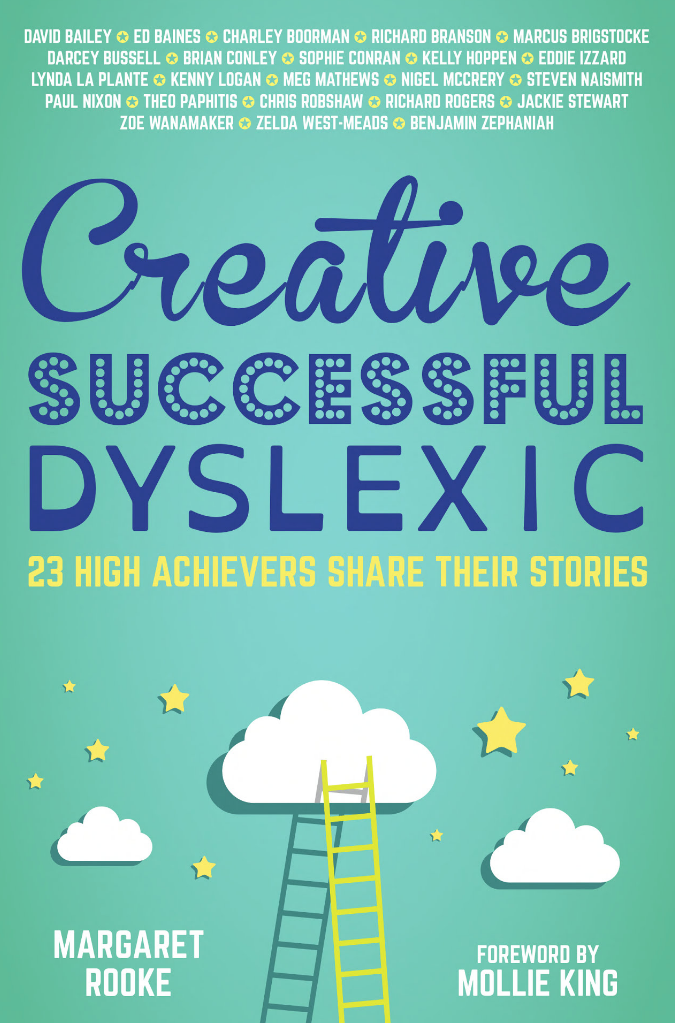Louise Wood takes an overview of Dyslexia - where have we come from and where are we going?
If you are new to the world of dyslexia as a parent, teacher or young person who has been recently diagnosed, it is worth remembering that dyslexia is relatively new to us all.
The Past Struggle for Recognition
A team at the University of Oxford, under the leadership of Dame Maggie Snowling, has recently begun a project to understand the history of dyslexia; the evolution of the science, the political struggle for acceptance and the everyday experience. Details are available on this link: https://dyslexiahistory.web.ox.ac.uk/home
A German physician first diagnosed ‘word blindness’ in 1877 and the term dyslexia was coined by German ophthalmologist Rudolph Berlin in the same year, but recognition came very much later. The British Dyslexia Association was formed in 1972, the same year that a key report on children with specific learning difficulties was sceptical about dyslexia’s existence. Government recognition surfaced in a parliamentary debate in 1987 but progress in education arrived with the Rose Report on dyslexia and literacy in 2009. Protection for those with dyslexia in the workforce came finally with the UK Equality Act of 2010.
Dyslexia Today, The Facts
For an overview of where we stand today, a summary by the Driver Youth Trust in the British Dyslexia Association Handbook provides some hard and sobering facts:
* 10% of children in this country are dyslexic, 4% severely so;
* One in eight children fail to master the basics of reading and one in five fail to master the basics of writing by the end of primary school;
* At secondary level, over a third of young people failed to achieve the expected level of a grade A to C in GCSE English in 2011;
* One in six people in the UK struggle with literacy, their reading level falling below that expected of an 11-year-old;
* Six million UK adults are functionally illiterate, meaning that they cannot read a medicine bottle, food label or fill out a job application form.
In addition to the personal heartache, the economic costs of this situation are considerable:
* Research by KPMG found that each illiterate person, by the age of 37, has cost the taxpayer an additional £45,000 in extra costs relating to education, unemployment support and the criminal justice system;
* The Every Child a Chance Trust estimated that poor literacy costs the UK up to £2.5 billion per year;
* Low levels of literacy make it harder to find employment. One study found 4 out of 10 unemployed people using Jobcentre Plus were dyslexic;
*Around half the prison population struggle with poor literacy and one in five people in prison are understood to have dyslexia.
Research amongst teachers shows that they are still not receiving the support they need to identify and help those with dyslexia and other specific learning needs:
* More than a third of teacher training providers (35%) spent less than a day training teachers how to support children who struggle with literacy;
* 60% of teachers surveyed by the Driver Youth Trust did not feel satisfied that their initial teacher training provided them with the skills they need to teach those who struggle to learn to read and write.
The future, five reasons for optimism
Will the future be any better? The British Dyslexia Association held its 11th International Conference in April 2018 and the feeling from this conference was that there are a number of reasons to be positive and hopeful.
The first is the sheer weight of international and multidisciplinary research now going into this field, particularly that capitalising on developments in neuroscience and genetics. Pure research is complemented by practical projects across all age ranges in education and increasingly in the workplace. Supporting the emotional well being of those with dyslexia is also an important current research theme.
Secondly, the debate is now framed more around discussions of neuro-diversity. Parents and educators have long felt that children with dyslexia don’t always fit into a neat pigeonhole but, like all children, have different learning styles, weaknesses but also strengths. Comorbidity or the frequent co–occurrence of specific learning issues is widely acknowledged too. Recognition of this level of complexity helps drive more appropriate interventions and focuses us on starting with an understanding of each of us as an individual.
Use of the term neuro-diversity has also led to a focus on the positive strengths of those who often struggle with literacy. These centre on creativity, adaptability and resilience. A number of public role models and success stories have emerged around this theme. One speaker put it this way ‘Our creativity is our competitive edge’, ‘There’s a reason why this DNA exists’ and ‘I will put my money on a dyslexic every time’. Valuing neuro-diversity is helping the stigma to melt away.
Thirdly, these advances coincide with the boom in information technology, which allows the development of new tools to support those with special learning needs. This article was written using a dictation device; scanning pens proliferate, organisational and touch-typing software is widely available. Ideas can be shared widely and easily using film and other visual media.
Finally, information technology also leads to economic and employment opportunities, which have not existed before and which allow those with dyslexia to circumvent the traditional career structures based around exams, employment forms and ongoing written tests. The creative economy is the one least amenable to mechanisation. Entrepreneurial skills have an outlet rarely seen before.
The statistics are sobering and the prospects for those with dyslexia can sometimes seem overwhelming, especially when it is new to you. But the seeds are definitely there for a surge forward to ensure the future can be very much brighter than the past.
Here at Bell House we hope to play our part by supporting educators, parents and those with dyslexia and other specific learning needs.

















